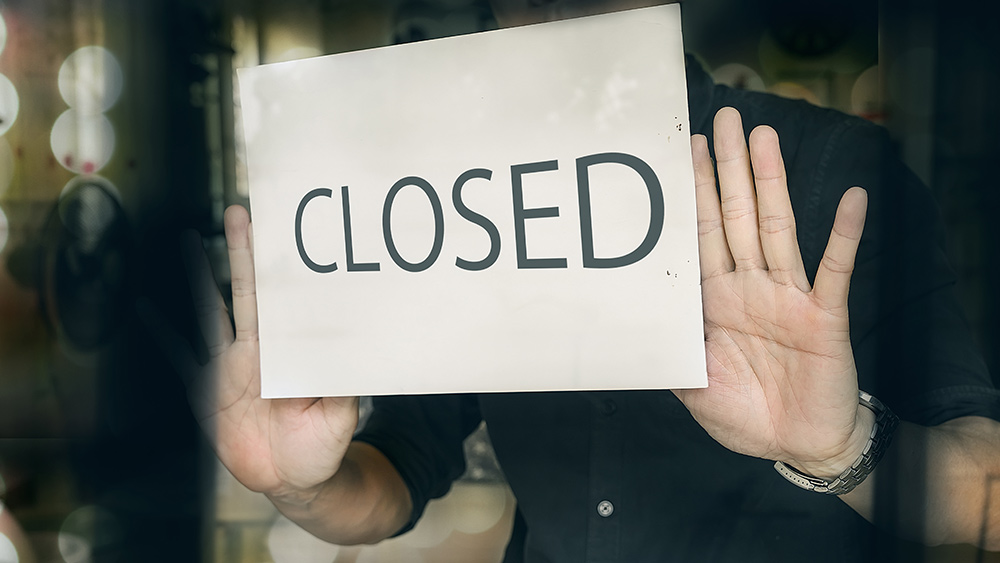 Parler
Parler Gab
Gab
Insiders caught off guard by how quickly values are dropping
The developer whose family owned the building prior to its 2006 sale, David Sturner, told the New York Times that he was surprised by just how much its value had dropped. He said despite not being the best asset they owned, they considered it “solid.” “What’s shocking is how fast the valuations dropped now that we’ve seemingly reached bottom, or close to it,” he stated. He told the publication that this is just another example of the new reality in the office building sector in the city as the need for office space drops as companies increasingly rely on remote and hybrid work. He also pointed out that most buildings are simply not considered a safe investment these days. The founder of commercial sales broker BK Real Estate Advisors, Bob Knakal, said the current state of affairs has caught many people off guard as “nobody ever anticipated that what has happened in the office market was going to happen.” Although the current owner, an investment fund, previously worked on a deal to sell it for under $50 million, it ultimately fell through, so they decided on a two-day public auction on the online real estate auction site Ten-X. It ultimately didn’t go far from its starting bid of $7.5 million, and the seller changed their reserve price to help the transaction go through. The new owner is not yet known and will not be disclosed until the sale has officially closed. It's worth noting that the auction is for the building only; the land is owned by a publicly traded real estate company that collects a monthly lease. Right now, the rent from the few tenants left in the building isn’t even enough to cover these payments; the current occupancy has dropped 40% in the last year to just 35%. Commercial real estate data firm CoStar predicts that 2024 and 2025 will be the worst years on record when it comes to office buildings, although the full extent of the issue may not be obvious until several years down the line. Rising interest rates are exacerbating the problem, and many owners cannot afford a new mortgage as their tenant numbers drop. Last week, data provider MSCI revealed that banks and other lenders have been seizing control of distressed commercial buildings at the highest rate in nearly 10 years, with portfolios of seized and foreclosed office buildings and other commercial property surpassing $20 billion during the second quarter. As a result of the surge in foreclosures, experts predict that the bottom is quickly approaching. Sources for this article include: ArmstrongEconomics.com NYTimes.com NYTimes.com WSJ.comMajor solar panel company files for BANKRUPTCY after California ends subsidies for renewables
By Ramon Tomey // Share
A “retail apocalypse” is gaining momentum all over America. Is your favorite chain closing stores?
By News Editors // Share
BRICS alternative currency near realization, American empire death imminent?
By News Editors // Share
Governments continue to obscure COVID-19 vaccine data amid rising concerns over excess deaths
By patricklewis // Share
Tech giant Microsoft backs EXTINCTION with its support of carbon capture programs
By ramontomeydw // Share
Germany to resume arms exports to Israel despite repeated ceasefire violations
By isabelle // Share










